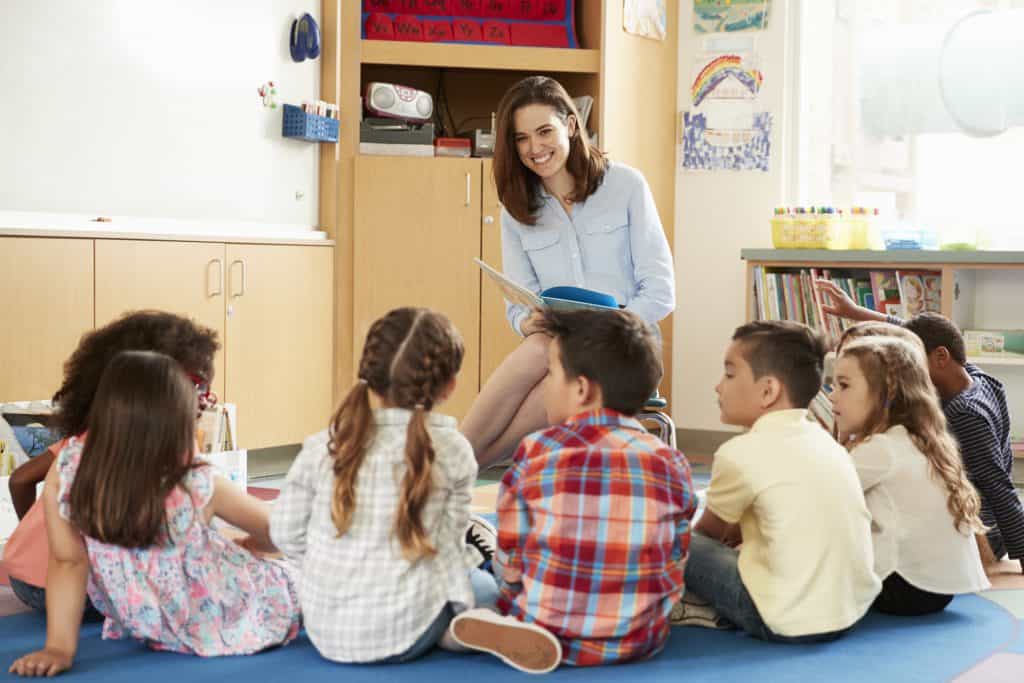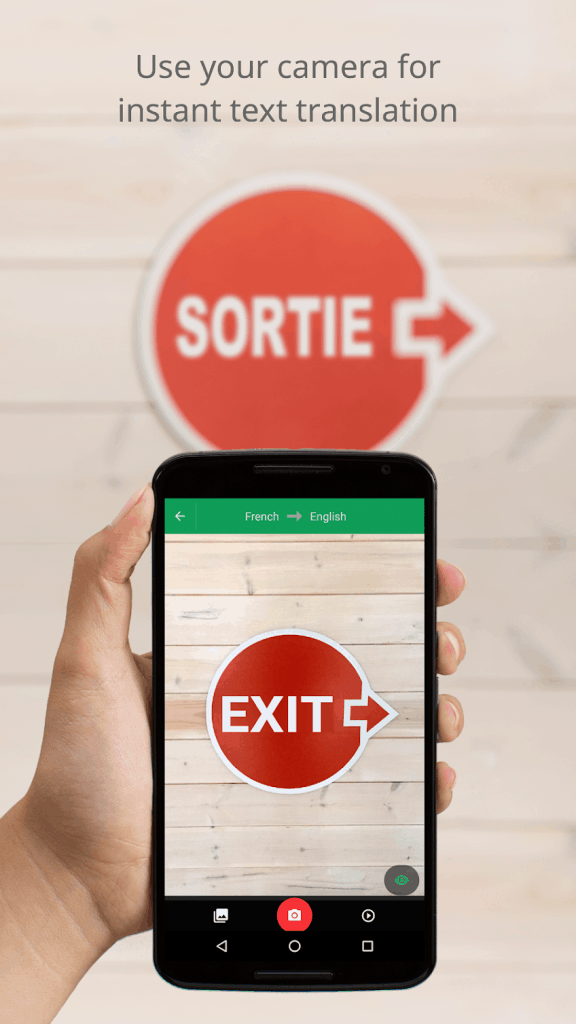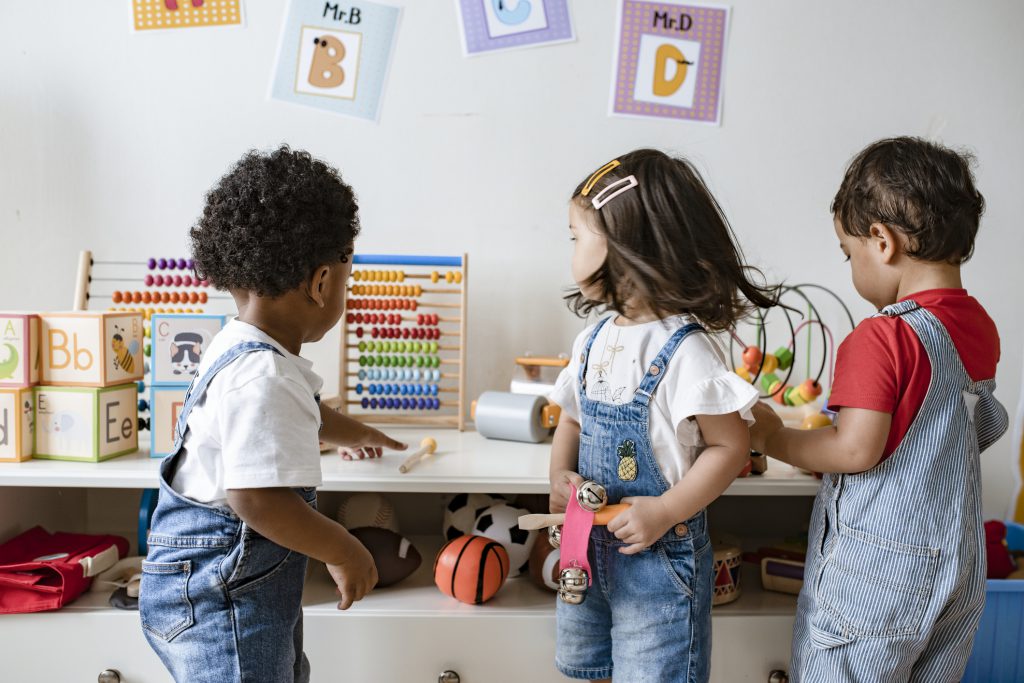
For many educators, the beginning of the school year is the best of times and the worst of times. It’s exciting to prepare for a new year and to think about creating something new—but at the same time, too many new initiatives can be overwhelming and lead to the same sense of extreme tiredness that results from mental or physical exertion. Social workers and medical professionals often deal with “compassion fatigue” from spending long hours working with people in crisis. Teachers faced with the chronic introduction of new programs can suffer from “initiative fatigue,” even before the first student ever reaches the classroom.
Imagine that you are a teacher with 22 years of teaching experience and you arrive at your beloved school to begin this year’s service only to discover that the software you had spent so much time learning and attempting to implement will no longer be used. This year, you will be expected to start again with new software and to incorporate that into a blended learning model—which is also new. Or, you are a first-year teacher coming to your first day of new teacher orientation. You don’t know anyone on staff and your school doesn’t have a mentor program. You’ve been told you will need to have your classroom ready and materials available for parents for an open house in two days. But wait! Your next two days will be spent in professional development to become familiar with the district’s latest math initiative. You begin rearranging your schedule to free up the next two evenings. For many teachers across the nation, these scenarios may sound familiar. In fact, they are so common that researchers are studying the potential negative impact of starting the year with too many new initiatives. In his book Transforming Professional Development Into Student Results (ASCD, 2014), Douglas B. Reeves labels this phenomenon the Law of Initiative Fatigue and gives the following definition: the Law of Initiative Fatigue states that when the number of initiatives increases while time, resources, and emotional energy are constant, then each new initiative—no matter how well conceived or well intentioned—will receive fewer minutes, dollars, and ounces of emotional energy than its predecessors. Note that Reeves’ definition gives emotional energy the same weight as time and resources, and that good intentions don’t change the result. When teachers and administrators are required to learn and implement new initiatives year after year, often without knowing the outcome of the previous ones, their emotional energy is reduced over time. Teachers become less invested in the success of initiatives because they come to expect that any new program will have a short shelf life.
Successful initiatives must start with strong leadership, but no matter how clear a superintendent’s vision of what teaching and learning should look like, no matter how thoughtfully chosen the team that shares the responsibility for developing, communicating about, implementing, supporting, monitoring, and evaluating the plan, the initiative will sputter out unless teachers embrace it. One of the challenges repeatedly identified by educators at all levels is unsatisfactory rates of implementation of an initiative, even when professional development has been successfully provided. Our goal here is to address possible reasons for this challenge and to propose solutions for improving initial implementation of academic initiatives to prevent initiative fatigue and lead to greater student achievement.
Challenge 1: Initiative fatigue is more likely when administrators don’t inform and involve teachers. When school districts or other organizations purchase materials and schedule professional development, it is likely that teachers are not involved in the planning or implementation process. This important step is typically postponed until after training happens, because the material/curriculum is new to teachers and administrators and the assumption is that faculty will need to be familiar with the materials before they can identify how to use them. This often leads to questions that can’t be answered and delays in effective implementation. When they are not involved in the process and adequate time is not allocated for discussion of how the new program will be implemented after training, teachers are less likely to be enthusiastic participants and more likely to resist spending the energy—both physical and mental—to put initiatives in place.
Solutions
Encourage the inclusion of a pretraining session with teachers to discuss the purpose of the initiative and to gather their input on the process and timeline for implementation as well as potential issues that can be addressed in advance. Provide an introduction for participants so that they can come to in-service or professional development aware and oriented. This introduction can entail watching a series of videos, accessing and spending time on the software, or becoming familiar with product features.
Challenge 2: Developing a process that guides participants through the stages of implementation after training is essential to reducing initiative fatigue. Professional development is seen by many educators and administrators as a necessary evil. It is often required by school districts or state departments of education for certification, and time set aside to train teachers is often mandated on a monthly or bi-monthly basis. The complaint of many educators is that each year includes training in new curriculum/programs with very limited time for startup or explanations regarding the benefit to students. Teachers have participated in days of PD with promises that a new curriculum/program/technology will lead to greater effectiveness in the classroom and improved test scores. Unfortunately, they have also experienced the reality that many initiatives are abandoned soon after they are begun, often without any real attempt at adequate implementation or delivery of support.
This cycle contributes to initiative fatigue and the reluctance of faculty and administrators to embrace yet another professional development “opportunity.” To establish greater motivation from the start, districts should provide participants with a step-by-step plan for implementation, a clear view of the resources that will be available, and an overview of the process for reviewing and revising during the initial stages and beyond.
Solutions
Professional learning communities (PLCs) that meet regularly and communicate with administrators are key to creating an environment that supports successful initiatives. Because they focus on the issues that the school has identified as priorities and build in the necessary time to look at data in order to make midcourse corrections, PLCs are a natural fit for improving collaboration. Many schools are successfully using PLCs as a way to implement a wide variety of programs of instruction without the associated burnout.
Many districts have begun to assist teachers in the development of professional development plans (PDPs). These documents are useful in identifying individual teachers’ professional and personal goals and linking them to the skills and abilities that will result from implementing new initiatives. For example, a new literacy program that incorporates the blended learning model creates a range of opportunities for teachers who are looking to expand their effectiveness through technology integration. To get the best results and reduce initiative fatigue, teachers generally need two kinds of training. The first is an introduction to an initiative’s model and strategies: the why and the what. This initial meeting allows all participants to understand what the initiative is intended to accomplish, why it was chosen, how to identify which students will use the program and how they will be scheduled, how progress will be monitored, and what will be done if students are not achieving at expected levels. It is also helpful for administrators to be transparent about what will be expected from teachers and what support will be available as they are implementing the program. The second type of training is the how, and it is live, hands-on training with the materials that will be used with students. This training is essential for understanding the features of the program and options for adapting to different student populations. Whenever possible, this training should provide teachers with the opportunity to practice in a controlled environment with trainers or coaches who can provide feedback and identify and correct any errors in program delivery. Another factor is when training is provided. Training at the beginning of the school year, when teachers are focused on preparing their rooms and curriculum, and on the arrival of new students (and often their parents), is not the ideal time. No wonder initiative fatigue begins to occur during in-service: teachers sit in a room and are expected to focus on the next new thing while worrying about how they will finish all of the items that are still to be done. The most successful implementations with the greatest buy-in from teachers result from a planned and purposeful training schedule that allows teachers to be fully engaged.
Solutions
Consider training during the summer with a refresher during in-service that will prepare teachers to begin implementing on schedule after the first few weeks of school. Start small and phase in over time. A committed group of experienced teachers who are willing to serve as the pioneers in a new initiative can dramatically increase the likelihood of successful implementation. By working out the inevitable bugs of any new initiative and devising effective strategies that can be used in the future, these few teachers pave the way for a school or district to expand the initiative to include all teachers, but without the growing pains. An added bonus is that these teachers can then serve as trainers, mentors, and coaches for new and inexperienced teachers.
Final Thoughts
Effective implementation of programs, particularly those that involve new educational models, programs, or technology, presents a number of challenges for educators. Veteran teachers who have been required to implement multiple failed programs over multiple years are often unwilling to participate in another experiment. Initiative fatigue accounts for the gradual withdrawal of emotional investment in initial training and teachers’ resistance to subsequent implementation efforts. Including educators in the decision-making and planning processes for initiatives and considering more effective pretraining and training practices can go a long way in improving teacher support for innovation and, ultimately, greater student success.
This article originally appeared in Language Magazine in September, 2016. Stacy Hurst has degrees in sociology and elementary education and during her 15 years as an educator has been a first-grade teacher, ELL teacher, literacy coach, and reading specialist. Her extensive experience includes coordinating interventions for struggling readers, implementing blended learning, and training thousands of teachers on effective literacy instruction. Laura Axtell has master’s degrees in special education and counseling. She worked with students in residential and nonresidential programs and alternative schools for 18 years before becoming a high school teacher and principal. She recently spent three years at an American international school in Thailand working with ELL students from around the world. Stacy and Laura are education specialists with Reading Horizons.












